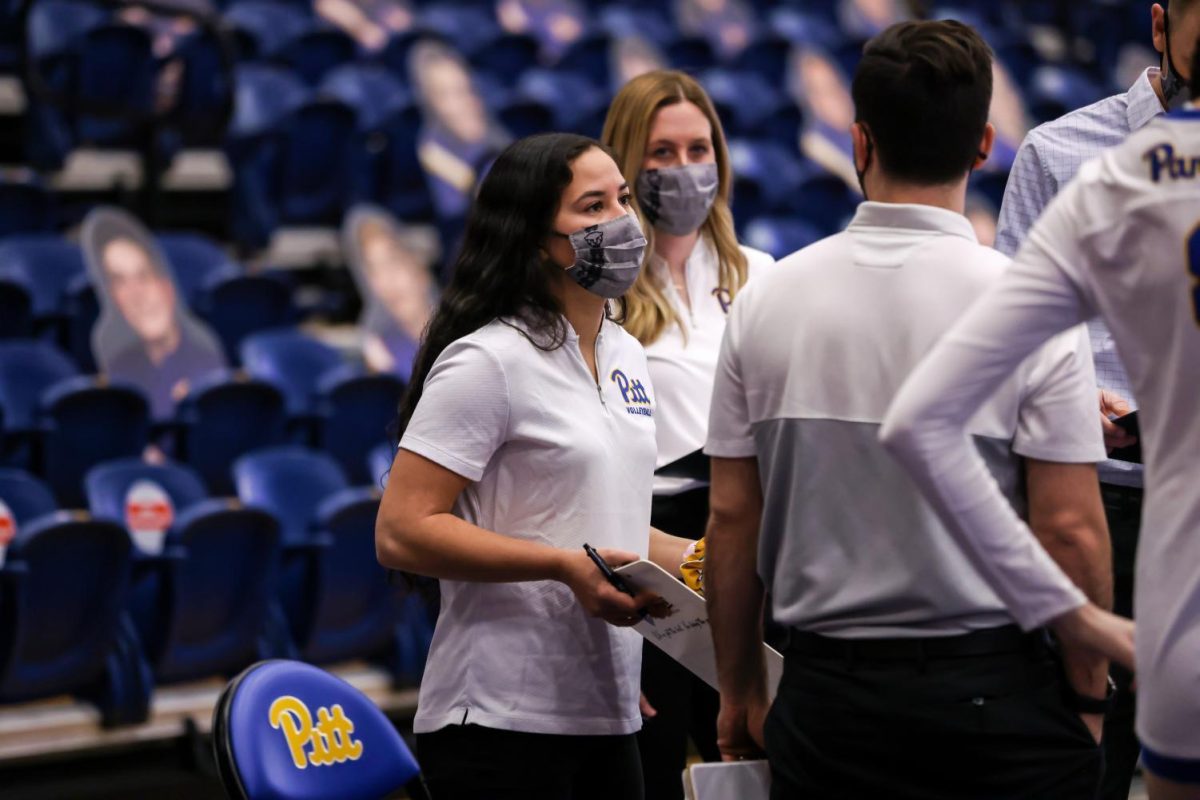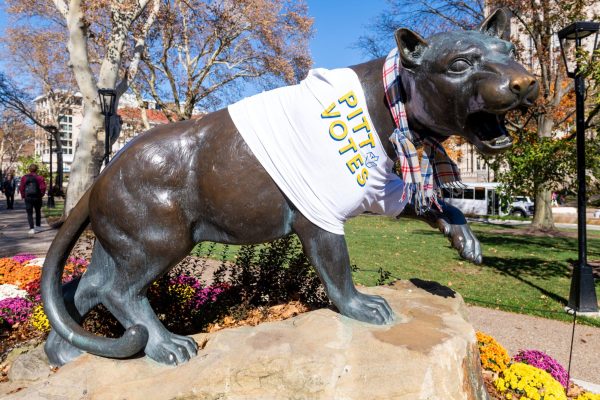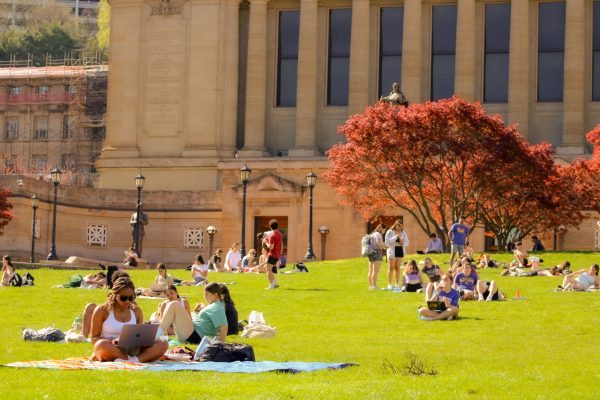White Light — Black Light merges art and science
January 31, 2011
“White Light — Black Light”
Jan Tichy and Finnbogi… “White Light — Black Light”
Jan Tichy and Finnbogi Petursson
Now until April 3
Wood Street Galleries
412-471-5605
In discussions of art, hertz levels, sinus waves and ground elements don’t typically get mentioned.
Now, however, new advancements in technology and research have merged with the art world, and through the naturally occurring mediums of sound, light and water, artists can depict a landscape or theme without ever having to put paint to canvas.
To showcase these new techniques, Wood Street Galleries will host the exhibition White Light — Black Light, featuring the works of Finnbogi Petursson and Jan Tichy, from now until April 3.
Although the artists have different styles and mediums, all their pieces share a theme — light — that unites the exhibition. But the artists use this light in quite different ways, said curator Murray Horne.
“In the case of Finboggi, sound is used to create wave patterns, and he uses light to illuminate water on the wall,” Horne said. “Jan uses digital light, TV and video, which has a harshness, but is still very arresting.”
Petursson, a native of Iceland, has been working with water and sound off and on since the late 1980s, and his work reflects the many years he has spent researching natural phenomena. In his first of two pieces in the exhibition, “Reset,” he uses a large pool of water, two lights and three sound generators, reflecting the image of the pool of water onto the surrounding walls to mimic the way sound waves ripple and meet.
The larger of his two works, “Reset” is based on the way hertz levels in the human brain change as we enter in and out of dream stages. Gradually, the generators in the walls surrounding the pool change levels.
“Three hertz is the state where you go when you dream. When you finish dreaming, you go to 6 hertz and you’re quiet for a while. In this state, the brain is completely quiet and this is the time for the brain to reset itself. It gets into a stillness,” Petursson said.
Inspired by his home in Iceland, Petursson uses light in a way that imitates the stark differences between seasons in the country.
“Iceland in the summertime has sunshine nearly 24 hours a day, maybe two hours of darkness, and the contrast between light and dark is very exacerbated,” Horne said while discussing Petursson’s pieces.
As for Tichy, instead of featuring the natural light seen in Petursson’s installations, his three works are lit with digital light. Combining video, photography and sculpture, Tichy’s installations depict natural phenomena recreated digitally, using light to illustrate the different spaces humans occupy.
“Installation No. 6 is approaching space from an urban perspective. The second installation explores physical space around us, where we go through every day. And Installation No. 11, from 2010, explores the open space, the desert and the sea,” Tichy said.
Drawing from the many different places he has lived over the years — from Prague, to Israel to, most recently, Chicago — Tichy illustrates the landscapes around him using projection and photographs.
Both artists draw heavily from their surroundings for inspiration for their pieces, a practice Petursson believes is inevitable with any kind of art, regardless of medium.
“I think with all cultural creation, you always act as a mirror. You see a lot of landscape in my pieces — although it’s harder to point out in contemporary art, but you always have a feeling of where they’re from,” Petursson said.







